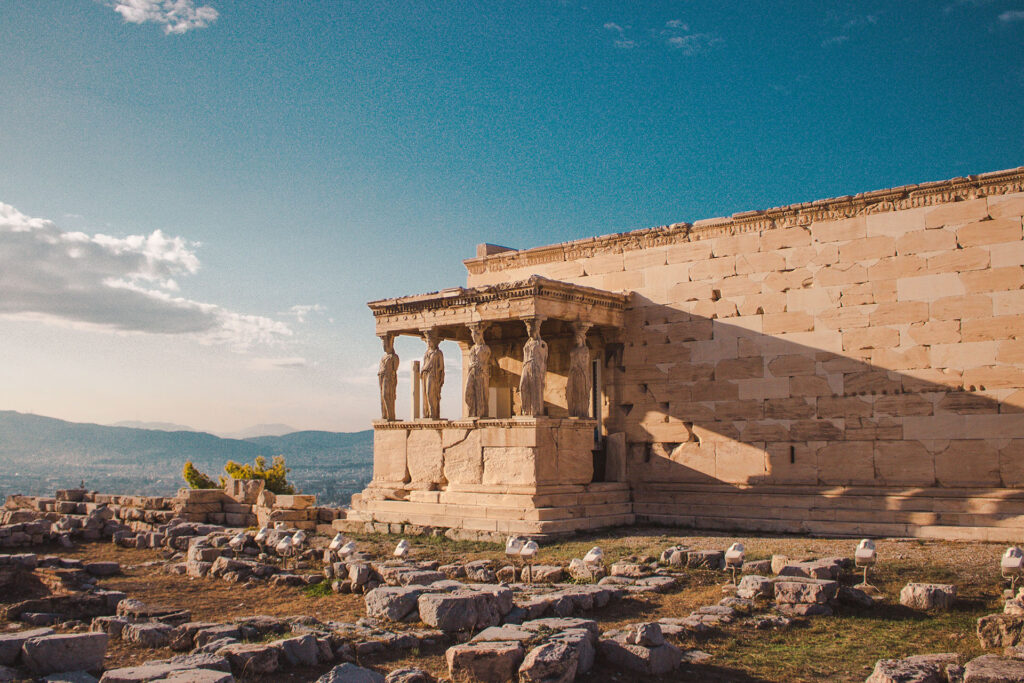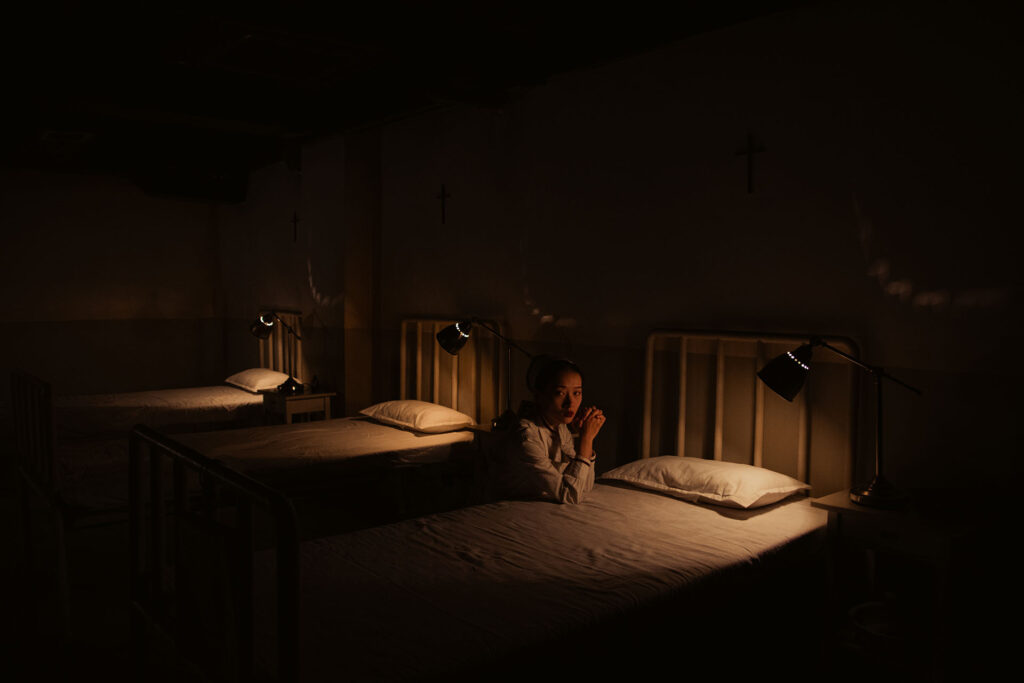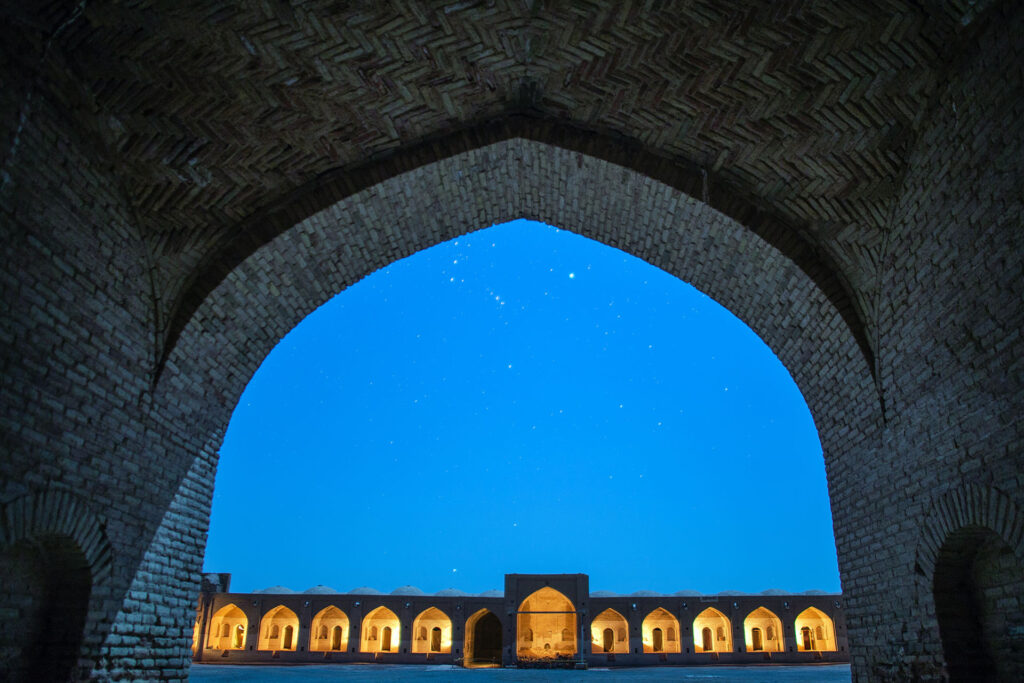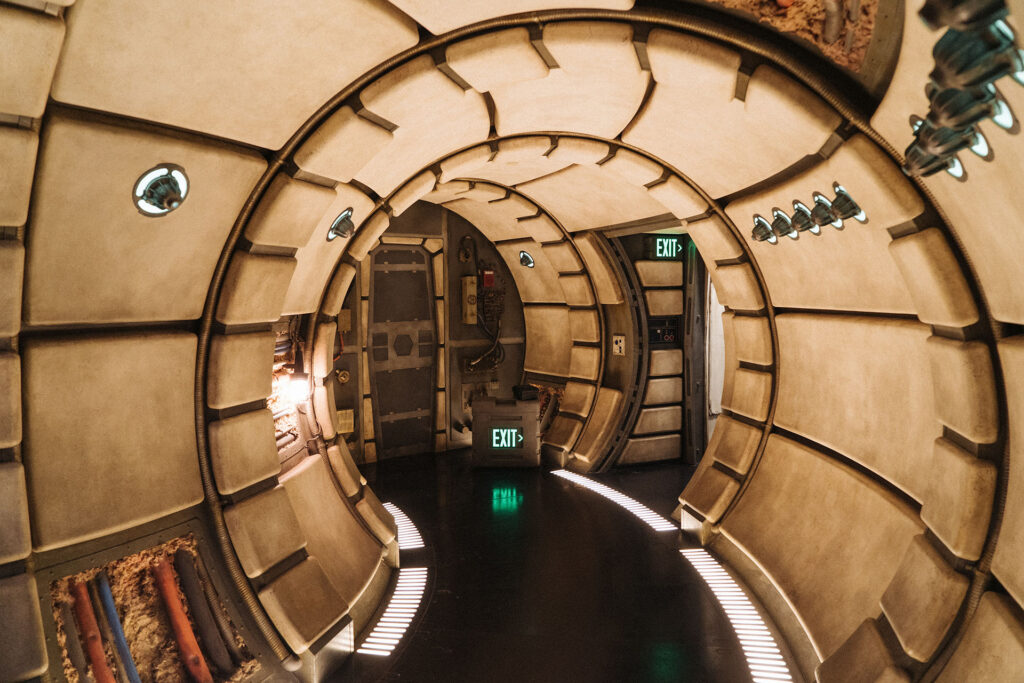What’s the best way of telling a story?
Is it…
- The classical three-act structure. It’s a classic for a reason!
- The Hero’s Journey. If it’s good enough for Star Wars…
- Choose Your Own Adventure. (Oh, so you were born in the 70s.)
- All, some, or none of the above…
Whatever your answer, the story of storytelling is subjective and ever-changing – and goes hand-in-hand with experience design. As our technology, expectations and environments evolve, do we need to shift the way we construct narratives too? Should we get rid of the old story structures – or can we adapt them to better suit the world we’re now in, as well as the worlds we’re creating?
Two former and current Disney Imagineers, Stephanie Riggs and Theron Skees, have already told us about how they manipulate, remix and even disregard traditional storytelling structures in the experiences they create. Skees wondered Is Storytelling As Important For Theme Parks As It Is For Films?, while Riggs took us through the disruptive notion of the “storyplex” back in Campfire 3, based on her brilliant book The End of Storytelling.
And so from the storyplex, to the “storyverse”. For Campfire 15, we invited AdventureLAB founder Klaus Paulsen to deliver a Firestarter talk on the day of the publication of his new book, Integrated Storytelling by Design: Concepts, Principles and Methods for New Narrative Dimensions.
Paulsen has been designing experiences for over 20 years, for clients ranging from marketing agencies to The Smurfs, and has won awards for his non-linear game design. As he welcomed us to his concept of the storyverse – or should that be storysphere? – here are seven things we learned about integrated storytelling. (For the Sparks that flew afterwards, check out Campfire 15: The Sparks here.)
1. ‘Storyliving’, ‘storydoing’ – not just storytelling anymore

Paulsen started by explaining that we’re now at a point in time where a new narrative is being created about the creator, the story and the experience. Whereas in the past we’ve been trained to expect the creator to present the story to the audience, this dynamic is now changing.
“The future of the story goes beyond telling it. It’s being replaced by ideas like ‘storyliving’, where you have people living the story rather than rephrasing each original word. Or ‘storydoing’, where you take the elements of the story that you want people to tell and present them to so they can tell different narratives.”
2. Some aspects of storytelling are universal and timeless

This revolution doesn’t mean that we need to throw out thousands of years of what we’ve learned about storytelling. The basics – storytelling’s capacity to create connection and emotion, not just communicate information – still stand.
“The power of storytelling is universal, because it’s about those basic concepts of me and you, us and them, hate and love. Integrated storytelling builds on these traditions, but adds new items. Whether we’re using a Greek three-act structure or transforming a Russian fairy tale using The Hero’s Journey, these don’t have to be a narrative structure: they can be a design structure.”
Paulsen explained that integrated storytelling is a strategic design method to create audience-centric and audience-driven story experience structures.
“These can expand across time and space. They also allow the audience to influence the story so it becomes a living story that is not fixed by media.”
3. Stories consist of combined events, or “micro stories”

We already think of stories as constructions of interconnected moments and emotions. By picking out these different moments and using them in different ways, the story becomes a design structure rather than a linear narrative structure.
“Stories are combined events, or ‘micro stories’. If you look at The Hero’s Journey, the journey from the ordinary world into the extraordinary world and back again, this is a Western take on story structure. But one of the reasons why it resonates so globally is because it’s the same development as a personal crisis: you have to face your demons. There’s the outer journey and then the inner journey.”
If you look at the different stages of The Hero’s Journey as points on a string, Paulsen suggests, we can then rearrange them so that they work together, on their own, or in any possible order. Rather than a fixed destination, these micro stories become an entry point.
“From there, you can choose where to go – and you’re perfectly fine. You don’t feel random. The intriguing thing about micro stories is that if we put them in a seemingly random sequence, they become unique, personal, linear storylines to the audience.”
4. Replace the Hero’s Journey with the Audience’s Journey

Traditionally, we’ve thought of audiences as people sitting in the shadows, on their sofa or in the cinema. But when we rearrange the string and move into audience-centric thinking, the audience is no longer watching the hero on their journey – they are the hero.
“You then start to wonder, is The Hero’s Journey diverse enough to allow for the audience to choose to do different things in a different order? Or what if they’ve been here before? Instead, we want to invite people into a ‘storyverse’. We want them to travel this storyverse and have some influence on what happens next.”
5. The seven levels of audience influence

This audience influence can take several different levels:

But when the audience becomes the creator, this poses a burning question: how much control and freedom do you really want to give away?
“It’s really a trick question, because you don’t have complete control of how people will walk through your experience. Instead, you should consider what kind of role you want the audience to play – not just overall, but in the specific parts of the story experience you put together.”
6. There’s no such thing as a singular story or experience.

Paulsen doesn’t talk about storytelling and experience design as two separate things, but as one connected entity: story experience design.
“In great storytelling, a sequence of events become unforgettable storylines. In great experience design, a sequence of moments become unforgettable memories. They mirror each other. And so great story experience design is a sequence of themed events that become unforgettable, personal, and shareable storylines. As story creators, we’re not so much creating an experience, but designing a memory.”
Just as we have micro stories, we have micro experiences.
“These micro experiences are like the string on the line of micro stories. There’s no such thing as a singular story or experience. They are convergences of narrative or experiential micro events.”
(WXO Founding Circle member Aga Szóstek talked about the idea of micro stories in Campfire 6).
7. Let your audience choose their journey in the ‘storysphere’

Paulsen calls the framework for mapping out stories within integrated storytelling “the storysphere”:

The storysphere is designed to let the audience work with and influence different things. They build their own storyline as they travel through it.
All these little micro stories are just examples of the audience engaging with all the touchpoints that make up the narrative they travel through. For instance, you might have an overarching narrative set during the Second World War – that’s the universe in Paulsen’s model – but there are still going to be a lot of strings of story in there. And if we talk about something like brand storylines, there’s no such thing as a single brand story. It’s a convergence of different kinds of storylines that you hope to influence as the brand owner.
Paulsen left us with this final thought:
“Think of stories as assigned structures. Replace the hero, put the audience in the center, and see what unfolds.”
Want to know how experience designers at the Campfire responded to Klaus’s Firestarter talk? Read Campfire 15: The Sparks here.





